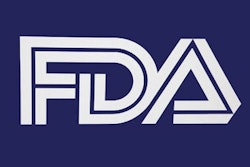A group led by Dr. Samantha Heller, PhD, of NYU Langone Medical Center investigated county-level geographic patterns of mammographic screening uptake throughout the U.S. to assess the effect of breast cancer preventive services in rural versus urban locations.
The study used information from the County Health Rankings dataset to identify the percentage of Medicare enrollees between the ages of 67 and 69 per U.S. county who had at least one mammogram in 2013. Heller and colleagues identified the counties as metropolitan versus nonmetropolitan based on a scale of 1 to 9 from the U.S. Department of Agriculture's rural atlas.
The mean mammographic uptake per county was 60%, with a range of 26% to 86%, the researchers found. Use of screening mammography was significantly higher in metropolitan counties than their more rural counterparts in 19 states, significantly lower in four states, and not significantly different in the remaining states.
In addition, Heller's team found that county-level mammographic uptake was positively correlated with the number of Medicare enrollees, the percentage of white residents, higher income levels, and the percentage of residents with some college education. It was negatively correlated with the ratio of population to primary care providers, age-adjusted mortality, and the percentage of Hispanic residents.
"In conjunction with predictive factors such as income, race, and primary care access, county-level geographic categorizations may help identify communities needing breast cancer screening education," the researchers concluded.



















